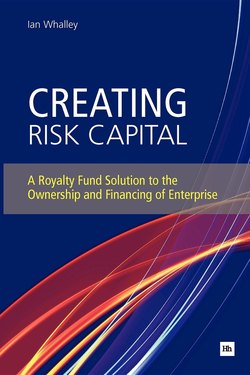Читать книгу Creating Risk Capital - Ian Whalley - Страница 48
На сайте Литреса книга снята с продажи.
The prevailing models of governance
ОглавлениеLiberal market economies such as the USA, Canada, Britain and Australia tend to adopt the shareholder model of corporate governance, under which managers focus on the maximisation of shareholder value as the primary goal. In contrast, co-ordinated market economies such as Germany and Japan tend to adopt the stakeholder model, under which managers seek to balance the interests of all the firm’s constituencies, including employees, customers, suppliers and local communities, as well as investors.
Kay and Silberston also point to major differences in the nature of the corporation in continental Europe and Japan on the one hand, where it is seen as “an institution with personality, character and aspirations of its own”; and in the USA and Britain on the other, where “the corporation is a private rather than a public body, defined by a set of relationships between principal and agent”, and where “Shareholder-owners, too busy and too numerous to undertake the responsibility themselves, hire salaried executives to manage their affairs”. [18]
Thus, while British and American managers seek to maximise shareholder value, their counterparts in continental Europe and Japan seek to develop the company, reflecting, for example, “the German conception of the company as a social institution; a community in itself and an organisation in turn embedded in a community”. [19] Accordingly, German managers are charged with sustaining the interests of all stakeholder groups, not just one, and this fundamentally affects their behaviour.
There is, however, a danger of generalisation. In Britain and the USA, for example, the shares of publicly quoted companies are traded like commodities and therefore on markets which require standard products, but there is also a substantial unquoted company sector with much more variety in the role of the shareholder.
